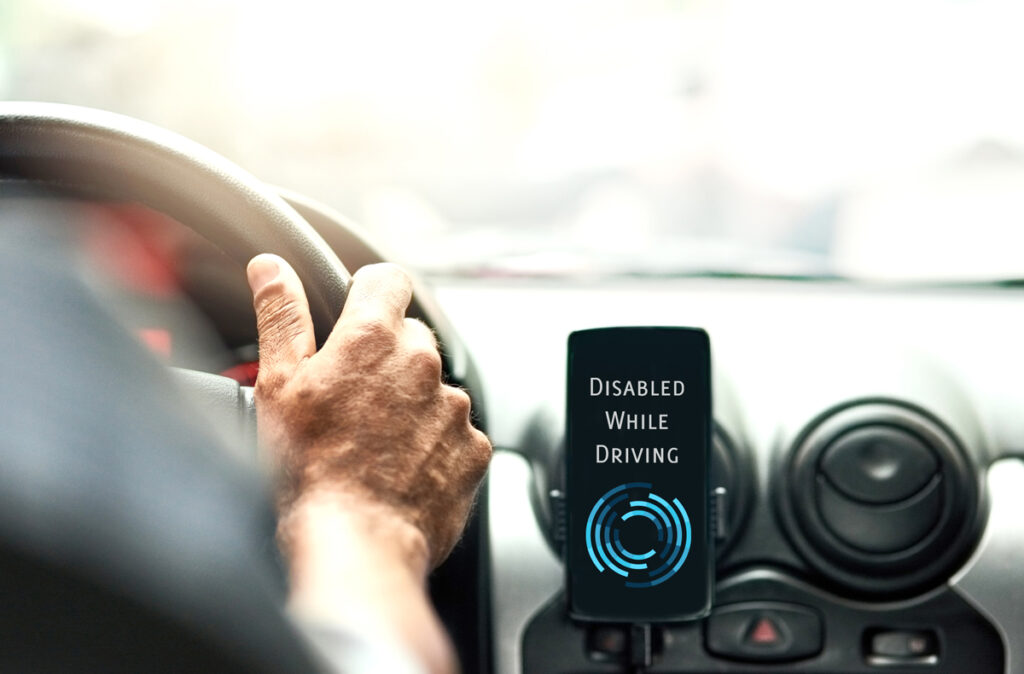
MORE COMPANIES with fleets and commercial drivers are turning to technology to prevent their workers from using their phones while driving. And lately, insurers have started partnering with tech companies to offer these technologies to their commercial auto clients.
Using a hand-held mobile phone while driving a commercial vehicle can result in fines of up to $2,750 for drivers, and $11,000 for employers who allow or require drivers to use a hand-held communications device while behind the wheel.
But the consequences are more than financial as lives and property are on the line.
Tech and fleets
It’s estimated that phone-related accidents cost commercial fleet operators over $2 billion per year, despite the fact that virtually every state has laws on its books banning use of hand- held phones and interacting with smartphones.
That’s why trucking businesses and companies with fleets of vehicles are increasingly incorporating new technologies coupled with stringent safety regimens.
Driver cameras – Among more effective technologies are driver cameras that can monitor distracted movements indicating the use of a phone or other device. These cameras monitor facial and eye movements, and if showing signs of distraction, prompt an alert or warning. This would also work to detect fatigue, drowsiness and/or sleep apnea.
Apps that disable other apps – Employers can also install apps on their drivers’ smartphones that disable various functions and apps on their phones when the vehicle is in motion.
Once such app is NoCell, which operates in the background and allows employers to disable disruptive apps and cell phone functions while drivers are on the road. The employer can choose which apps NoCell should disrupt when the vehicle is in motion and/or not in Park Nationwide Insurance Co. recently contracted with NoCell, which it plans to provide to its commercial vehicle insurance customers.
Another app, Live Undistracted’s PhoneSafe technology, disables phone functions and apps while the vehicle is out of Park.
When installed on the driver’s phone, itdetects when the vehicle is taken out of Park, triggering its safe mode. Managers receive real-time alerts for phone policy violations.
Insurers in on the act too
Some insurers have gotten into the game themselves by creating their own technology.
New Jersey-based Selective Insurance Co. created Selective Drive, a fleet management tool that includes monitoring of drivers, including phone usage.
This tool is not an app and can’t disable phone functions. But it does give the employer access to driver information, such as real-time speed and time-of-day monitoring, phone usage, and sudden acceleration and braking activity, which may identify risky behavior with their drivers before it becomes a problem.
It also includes real-time vehicle tracking, vehicle health and monitoring, and geo-tracking, which alerts drivers when theydeviate from routes or driving boundaries.
Using New Tech Can Save a Life, Prevent Legal Issues
The takeaway
Even the best distracted-driving policy is words on paper, and smartphones offer such temptations that fleet drivers regularly break the rules.
It makes sense to use technology to further constrain your drivers ability to use their phone when they are driving on the job. There are a number of technologies that employers can use besides the ones mentioned above.
It pays to look into it. It may save someone’s life and it may prevent a massive headache and legal troubles for your organization.
